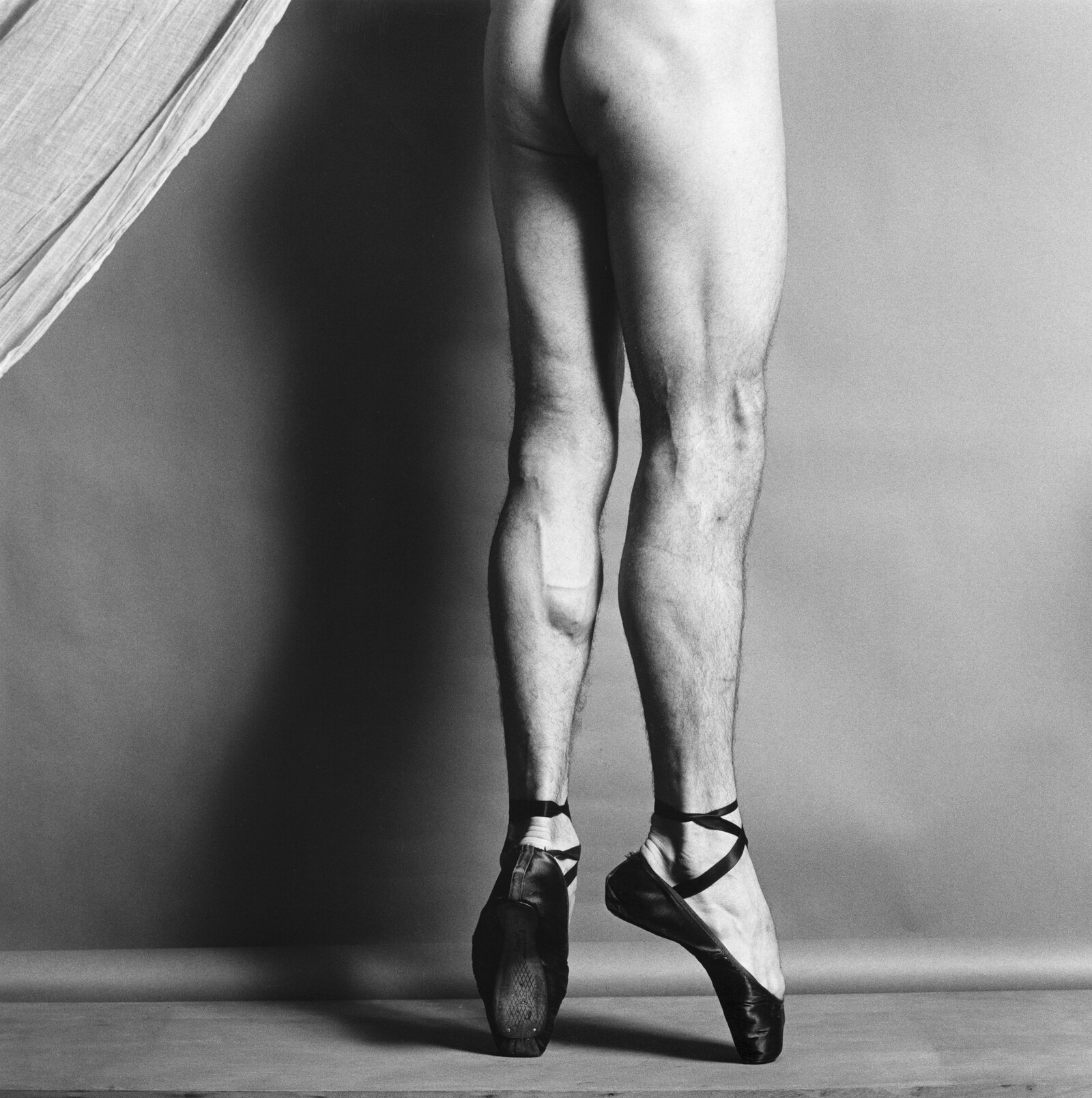Choreography for an Exhibition
December 15, 2018–April 8, 2019
Via Settembrini, 79
80139 Naples
Italy
Hours: Wednesday–Monday 10am–7:30pm
T +39 081 1973 7254
info@madrenapoli.it
Choreography for an Exhibition, organized by the Madre Museum in close collaboration with the Robert Mapplethorpe Foundation, coincides with the 30th anniversary of the traveling solo exhibition The Perfect Moment, which opened at the Institute of Contemporary Art at the University of Pennsylvania, Philadelphia, on December 1988, just a few months before the artist’s death on March 9, 1989, at the age of 43.
Robert Mapplethorpe (1946-1989) is one of the greatest photographers of the 20th century, among the major representatives of those working, between the ‘70s and the ‘80s, who interpreted the aesthetics and the still largely unexpressed sensitivity of underground and counter-cultures, contributing to the progressive affirmation of photography as a form of contemporary artistic expression.
This solo exhibition at the Madre Museum, curated by Laura Valente and Andrea Viliani, focuses, in an unprecedented way, around the intimate performative matrix of Mapplethorpe’s photographic practice, retracing its intrinsic need to represent the erotic and intellectual vibration of the subjects and to subvert the impersonal, documentary and static nature of the photographic shot. Mapplethorpe affirmed instead a dynamic tension, therefore hypothetically performative, which is developed in the concept as well as in the structure of this exhibition as a possible comparison between the actions of “photographing” in the studio (in the implication of the author / subject / spectator) and of “performing” on the scene (in the similar implication of the performer / choreographer / audience). The Madre Museum thus affirms its vocation as a collector between different artistic expressions, in order to rethink and reformulate the fruition and nature of a museum. This is why Choreography for an Exhibition comprises a performative program, conceived as a continuous “dance” between artworks and choreographic actions. Several international choreographers, acting as the “dancing alter-egos” of the artist, will present site-specific and newly commissioned interventions that will interact with the themes, aesthetics and formal composition of the photographs by Mapplethorpe.
The “exhibition-choreography” itself is reconfigured in the museum architecture into three sections, intimately connected to each other. An “Ouverture” redesigns the space-time dimension of the museum, infusing it with a theatrical inspiration. The audience is then introduced directly on the stage of this “mise-en-scène”—among dancers, athletes, body-builders and models—freely exploring the performativity of the photographed subjects, which the artist captured with meticulous preparation of the shooting in his own studio.
Afterwards the exhibition leads the visitors into potential stalls, in which the dynamic of the gaze of dozens of portraits not only gives us an extraordinary personal diary of the life, affections, friendships, meetings, collaborations and commissions of the artist, but at the same time reconstructs, between private dimension and public sphere, a collective portrait destined to be completed with the gaze of the visitors.
The central room—lined with a red carpet for the dancers and devoted to the theme of self-portrait—is transformed into a real three-dimensional theater. Whose first viewer is, through his own self-portraits, the artist himself. This final section is completed by two “backstage” rooms: an “(Un)Dressing Room,” a changing room that hosts some images that introduce us to the artist’s studio dynamics, and the “X (Dark) Room,” in which erotic subjects will be exhibited, including a selection of the famous and once censored “X Portfolio.”
All these subjects appear transfigured by a conscious critical staging, which rejects any trace of chronicle or controversy and reveals sophisticated references to the history of art. The resulting images thus reveal multiple echoes of ancient statuary or Renaissance drawing and painting, applied arts or pictorial and plastic research from Neoclassicism to Romanticism, between the 18th and 19th centuries. Each of these echoes is filtered by a constant desire for harmony and balance, composition and control, “order” and “perfection in form.” The encounter between the even shocking heterodoxy of the contemporary subject and its calm representation is defined as a starting and oscillating experience, a vibrant dialectic between perversion and purity, domination and loss of control, provocation and crystallization. An irrepressible search for duality or plurality which seeks the union between the opposites.
In order to research and affirm the roots of this “performative” dialogue with the history of art, the exhibition evokes the blurred boundaries of a hypothetical museum that crosses space, time and its own status, in which the history of art is staged as if we were in a theater. The collection of this ideal museum includes a series of pairings with archaeological finding from the Museo Archeologico Nazionale di Napoli and with a selection of drawings, paintings, bronze, porcelain and ivory sculptures from the Museo e Real Bosco di Capodimonte. All these pairings constitute a disciplinary and scenic machine which makes emerge the contours of an artistic practice which is based on the hybrid and subtle encounter between antiquity and modernity, Apollonian ideality and Dionysian sensuality, classic canon and baroque tension. Asymmetric relations, like the one Mapplethorpe had with the city of Naples. Present in the “Terrae Motus” collection conceived and created by gallerist Lucio Amelio—who hosted the artist’s first solo exhibition in Naples in 1984—Mapplethorpe was able to create a passionate and empathetic relationship with the contradictory humanity of the Neapolitan culture, getting inspiration by its relationship between life and death and creating emblematic views that are spread out in this exhibition-choreography, as its malleable horizon.



